
【KABUKI Miscellany】 Episode 3 : Tickets / Narrated by Tateo Okido
Hello! We are Asanoha, a tenugui specialty shop located in AzabuJuban, Tokyo.
We’re delighted to share a collection of intriguing stories related to Kabuki. These tales are narrated by Mr. Tateo Okido, an expert in Kabuki and the artist behind the original designs of our Kabuki-themed tenugui. Please enjoy this special series, Kabuki Miscellany, presented by Mr. Okido.
Kabuki Miscellany – Episode 3 : Tickets
Since long ago, the most coveted seats in the theater have been referred to as to-chi-ri. Arranged in iroha order, the to (7th row), chi (8th row), and ri (9th row) seats—specifically in the center—are prized for offering the best view of the entire stage and the finest vantage point to appreciate each actor’s performance. Though it’s unclear when this term originated, Kabuki enthusiasts have long gone to great lengths to secure these seats.
Another highly sought-after spot is next to the shichi-san position on the hanamichi. In certain plays, such as Musume Dōjōji, the character Hanako, a shirabyōshi dancer, deliberately drops a lipstick-stained kaishi (paper tissue) into the audience at this precise location. For her devoted fans, this piece of tissue was a treasured keepsake, often fiercely competed for.
Among the many theaters throughout Japan that host Kabuki, Minami-za in Kyoto retains much of the traditional style. In particular, its year-end kaomise (face-showing) performance is a beloved seasonal event. During kaomise at Minami-za, the box seats on either side are reserved for sōken—special viewing days designated by each of Kyoto’s kagai (geisha districts), when maiko and geiko dress in their finest and attend the performance. The okami (proprietresses) of the okiya (geisha houses) and ochaya (teahouses) also appear, fully adorned, in the front rows of the general seating. With their colorful kimono, obi, elaborate hairstyles, and accessories, the entire theater is transformed into a festive spectacle, offering a moment of joy amidst the bustle of the year’s end.
Modern theaters have grown in size, and the range of “premium” seats has expanded. It now includes not only the to-chi-ri section and rear areas of the first floor, but also front-row seats where one can see an actor’s sweat, or side seats where stagehands (kuroko) are visible, or even seats behind the hanamichi, offering only a view of the actors’ backs. While these are chosen knowingly, there’s a lingering sense of discomfort in paying the same price regardless of location.
Personally, I try to enjoy different performances from a variety of seats. If I’m at the edge of the first or second row, I enjoy observing the ōdōguyakata (stage crew) striking tsuke (percussive sound effects) during dramatic mie poses or swordfights. The passionate narration of jōruri storytellers and the live shamisen music are also captivating from this vantage point. From the left-side seats (shimote), I can see actors exiting to the stage wing, catching glimpses of their relaxed expressions or watching kuroko prepare for quick costume changes. From these spots, I can even notice the playful interactions between actors—how koshimoto or low-ranking samurai cast members use subtle gestures or eye movements, and how leading actors sometimes exchange glances and communicate silently.
Over the course of a month-long run, actors’ conditions naturally fluctuate, and not every performance can be perfect. But in those imperfections lies the magic: the actors’ efforts, the backstage crew’s precision, the rhythms of geza music, and the ephemeral interplay of jōruri, nagauta, Kiyomoto, Tokiwazu, drums, kotsuzumi, and fue all come together to create a fleeting, extraordinary space. Choosing your seat—buying that ticket—is part of the joy of entering this world of Kabuki.

Seating layout of the Fourth Kabuki-za, in use until April 2010
Characters marked in red indicate “to” (と), “chi” (ち), and “ri” (り) rows—considered the most desirable seats.



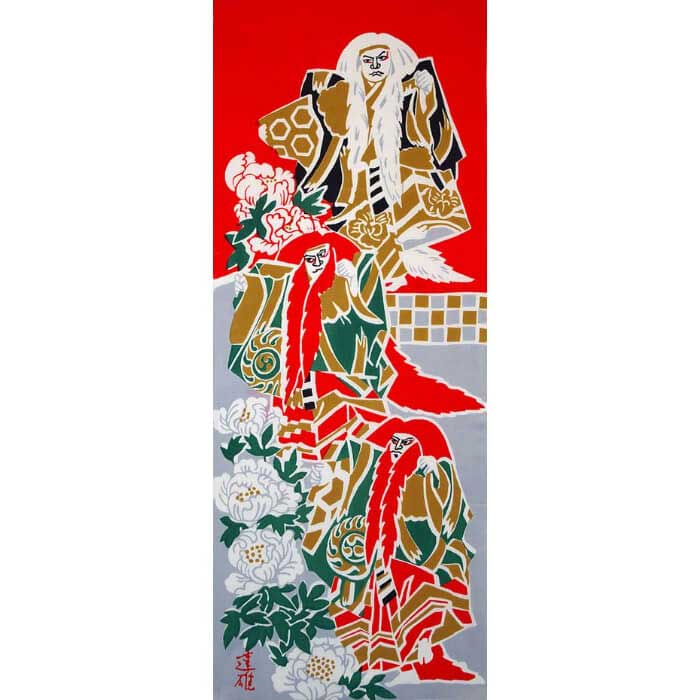

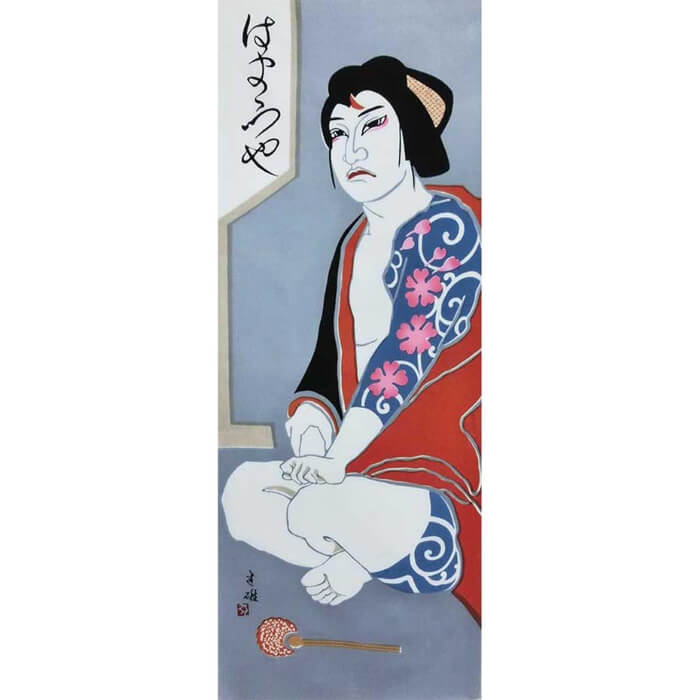

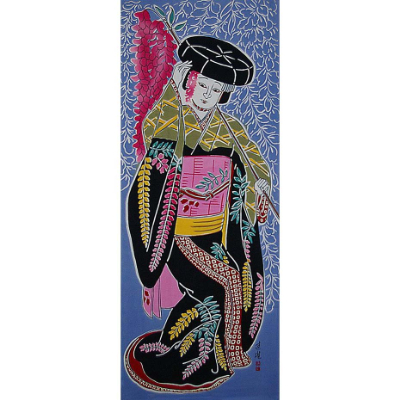



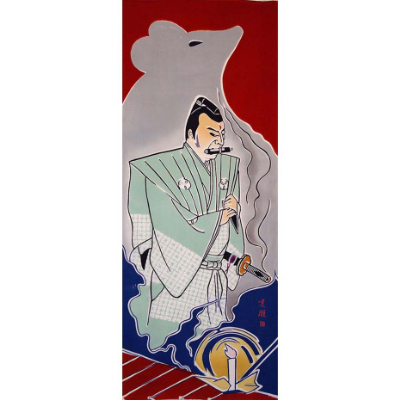


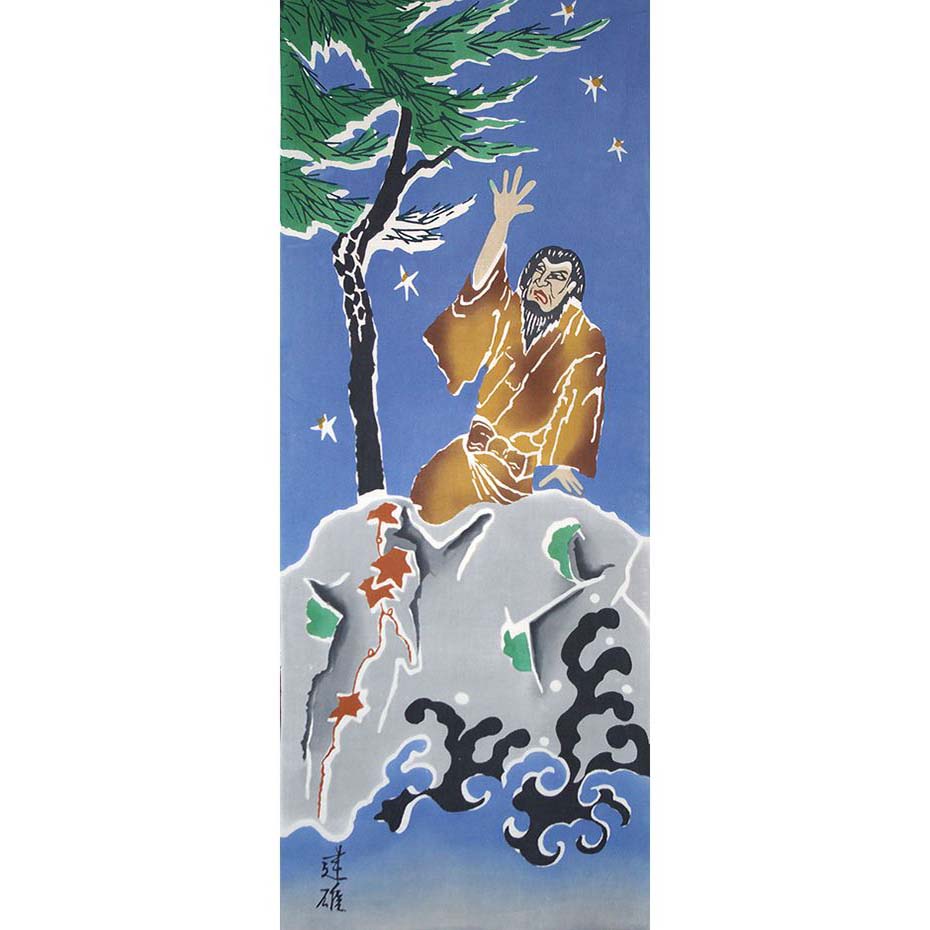

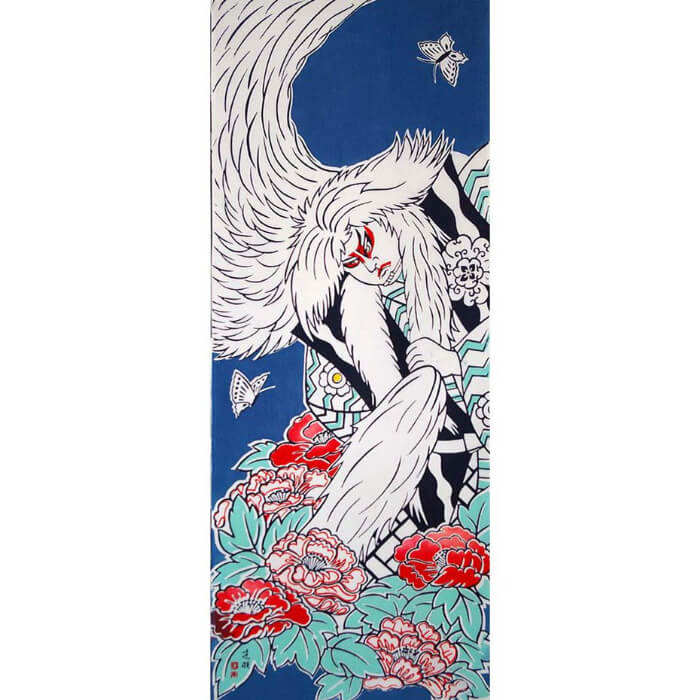
」.jpg)